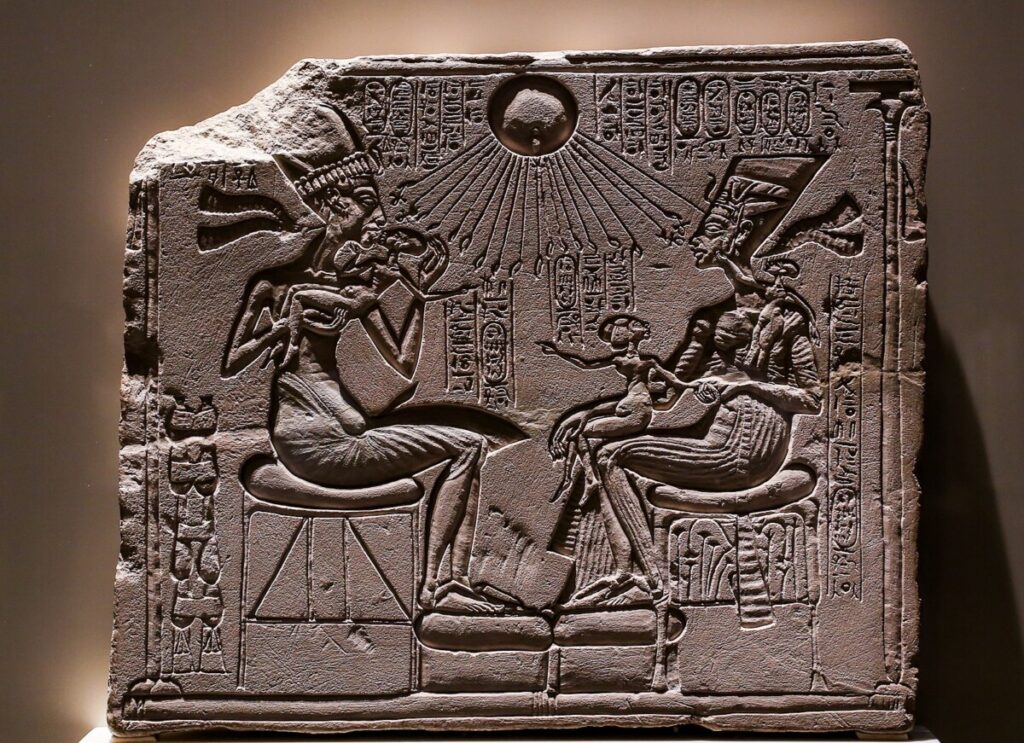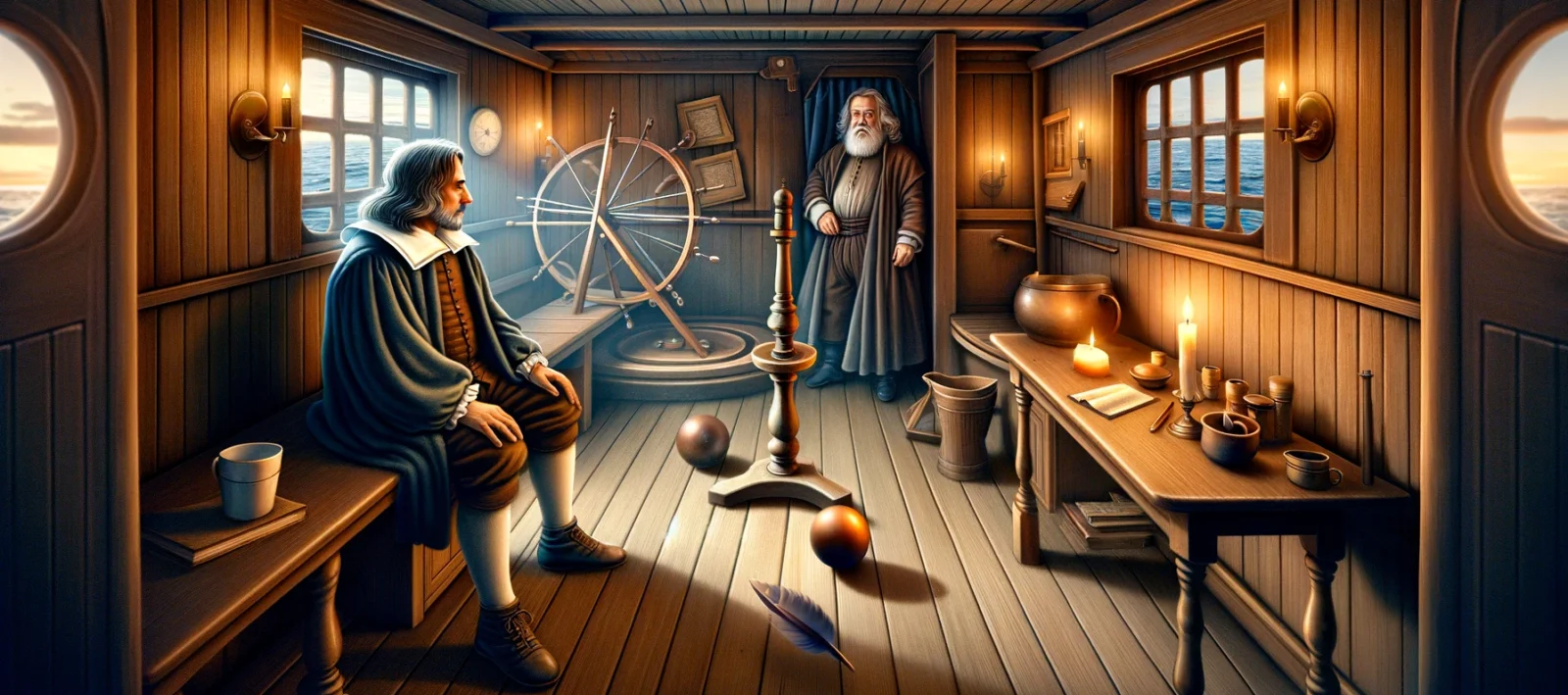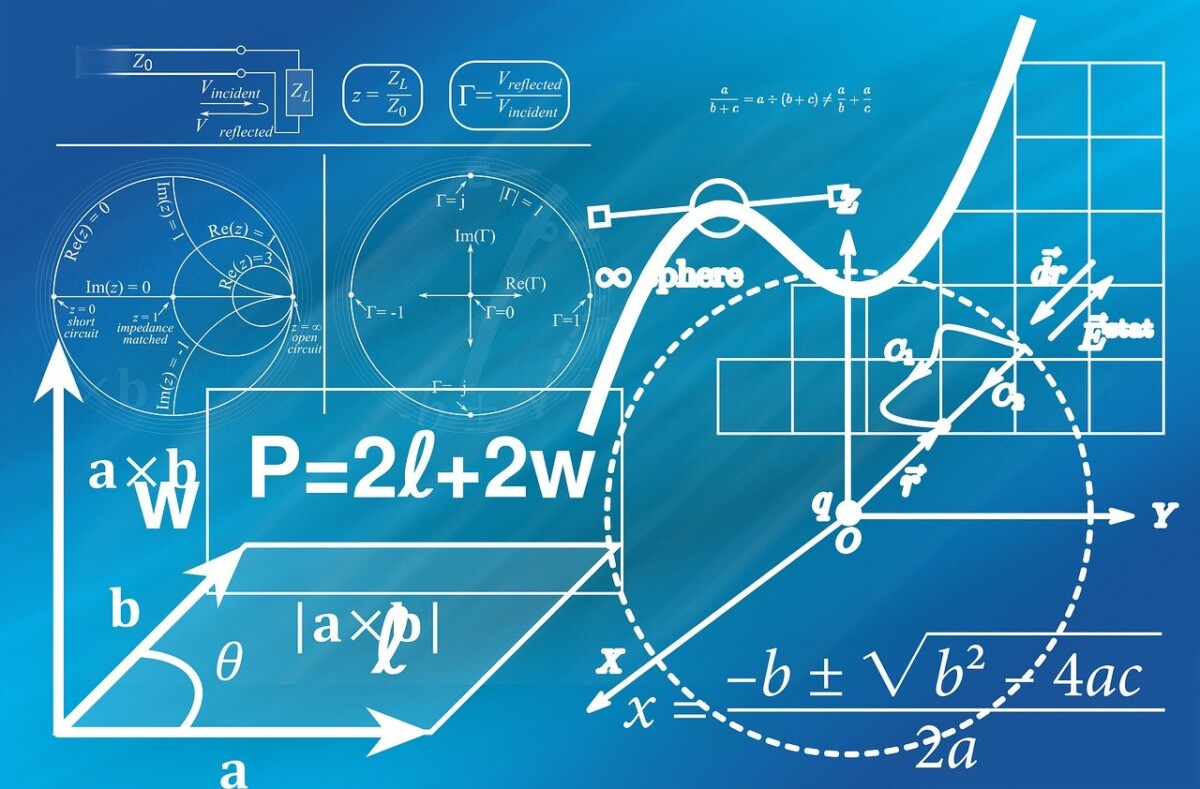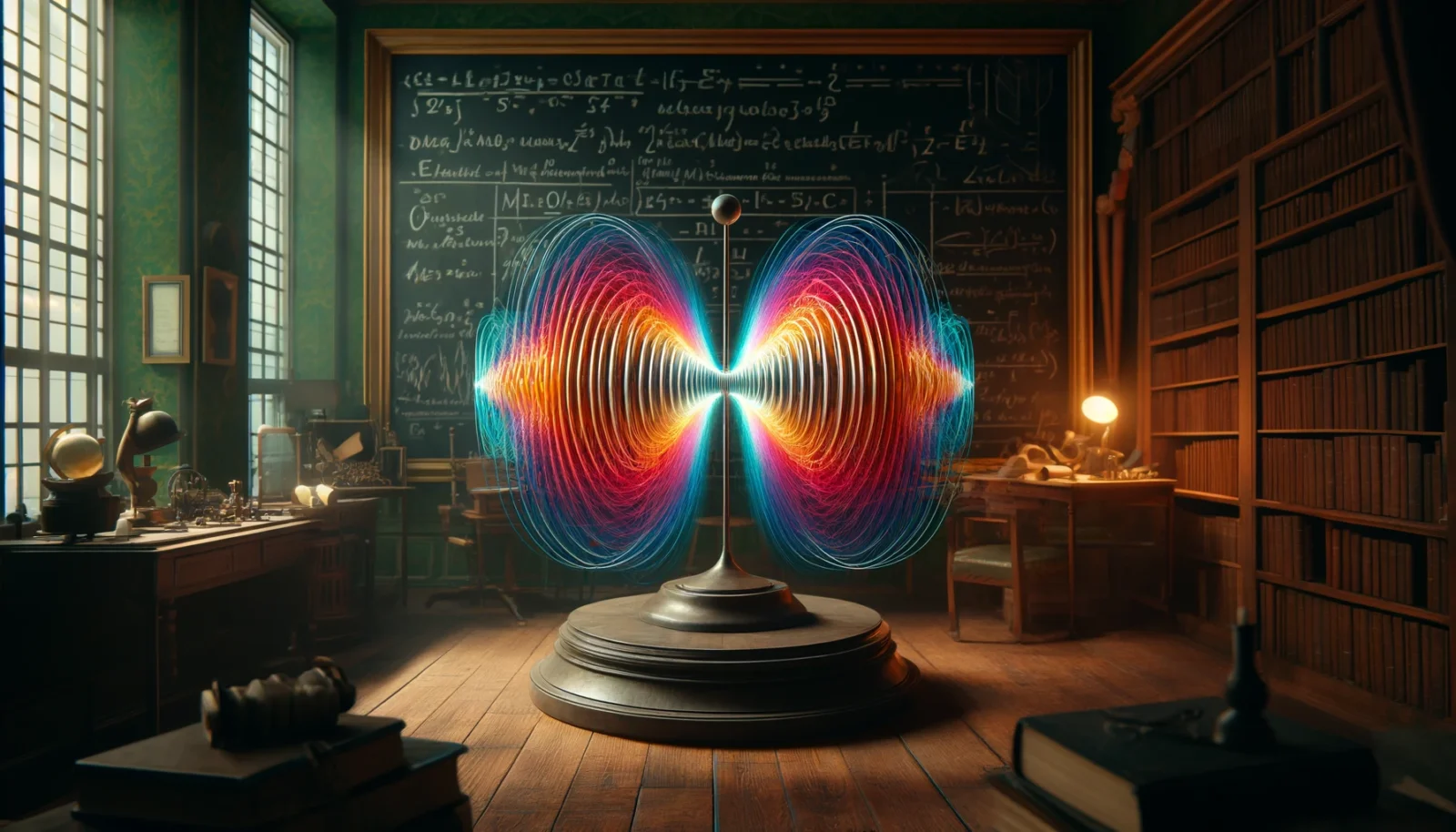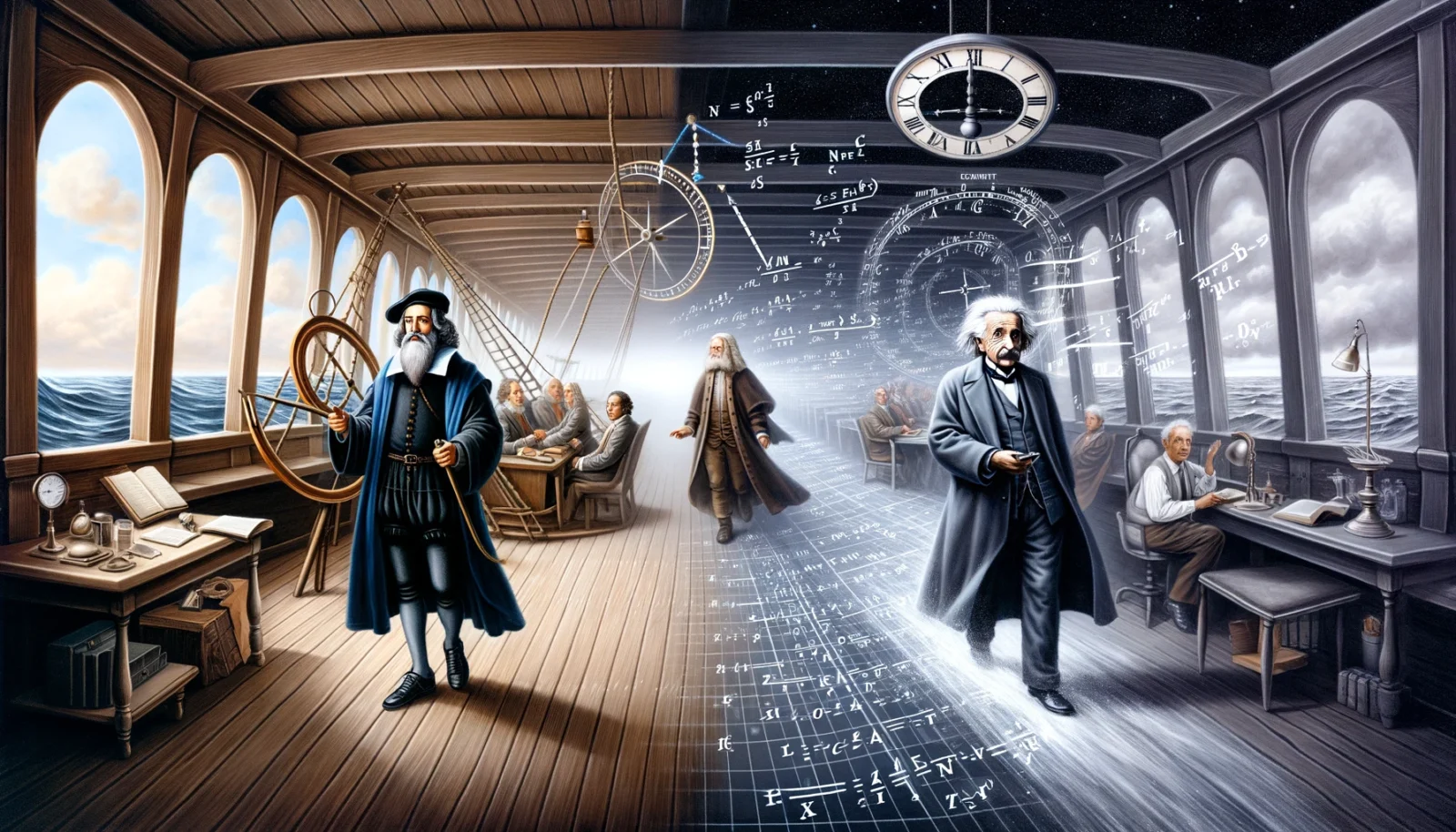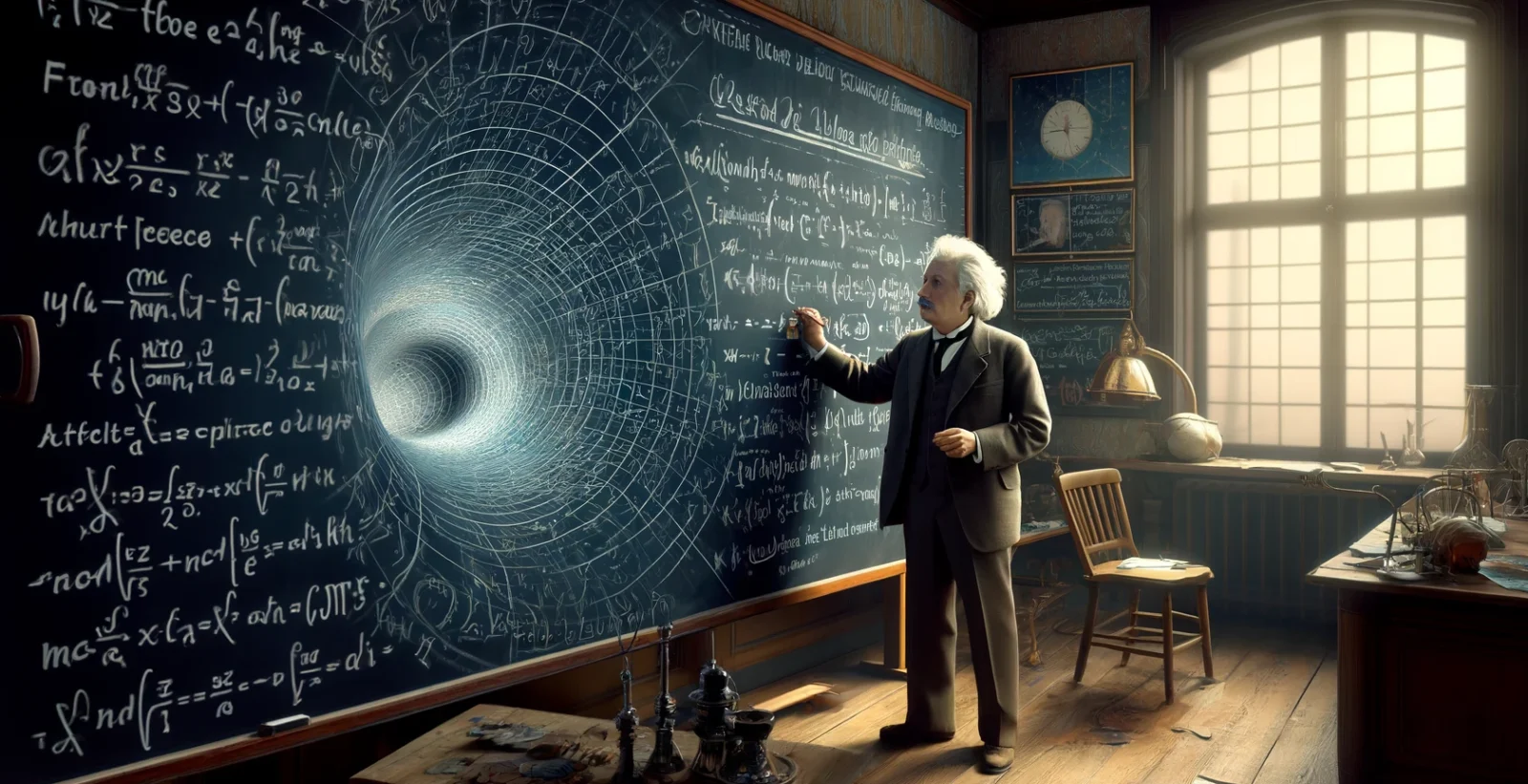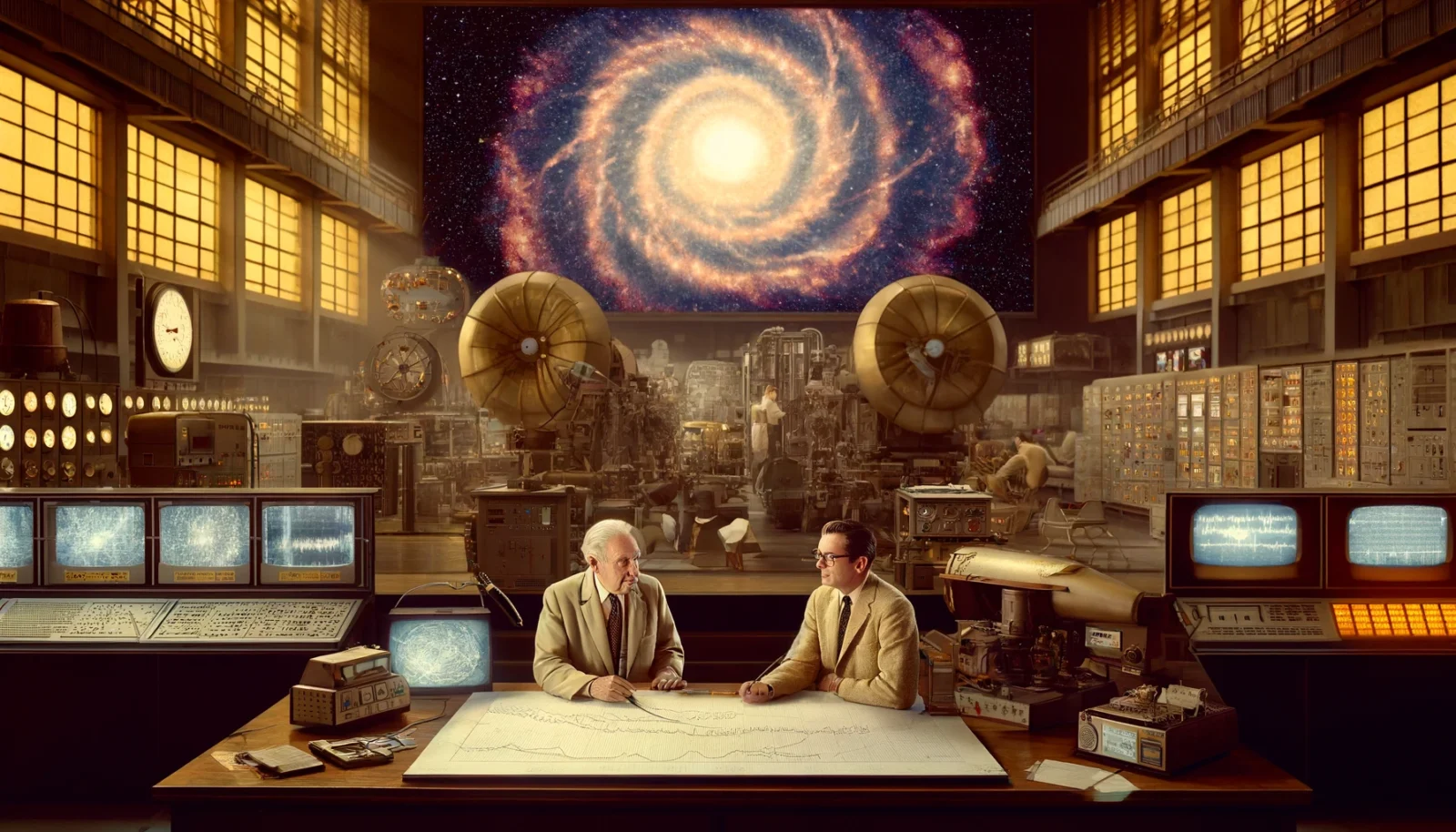Philosophy TL: ALL > Big Picture > Ideas > Philosophers > Publications
Natural Philosophy includes the great philosophers and their ideas and publications. This timeline focuses on the empirical, rational, and irrational as well as understanding their philosophical context. Philosophical context includes understanding the timing of discoveries and rediscoveries as well as the philosophers behind them and their publications. For the companion timeline for the book: “30 Philosophers: A New Look at Timeless Ideas,” go to Book Timeline: 30 Philosophers.
The Natural Philosophy Timeline
If Fuxi existed as one person, that person likely lived sometime between 8000 and 7000 BCE. Fuxi is a legendary figure in Chinese mythology, considered one of the Three Sovereigns. He is credited with creating humanity, inventing writing, and teaching people to fish and hunt. Fuxi’s contributions laid the foundation for early Chinese civilization and culture, embedding the importance of knowledge, survival skills, and societal organization in Chinese thought.
If Nüwa existed as one person, that person likely lived sometime between 8000 and 7000 BCE. Nüwa is a mother goddess in Chinese mythology, often associated with Fuxi. She is credited with creating mankind and repairing the pillar of heaven, symbolizing the restoration of order in the universe. Nüwa’s story highlights themes of creation, nurturing, and the balance between chaos and order, which are integral to early Chinese cosmology and philosophy.
If Shennong existed as one person, that person likely lived sometime around 2800 BCE. Shennong, also known as the Divine Farmer, is another of the Three Sovereigns. He is said to have taught the Chinese people agriculture and herbal medicine. Shennong’s contributions emphasize the relationship between humans and nature, the importance of agriculture for societal stability, and the development of early medical knowledge. His legacy underscores the value of practical knowledge and its role in the well-being of society.
The Yellow Emperor, or Huangdi, is a legendary figure in Chinese history, traditionally credited with foundational contributions to Chinese civilization. He is associated with the development of the concept of Yin and Yang, the dualistic nature of reality, and balance, which profoundly influenced Chinese philosophy, medicine, and cosmology. Attributed to his era are the Huangdi Neijing (Yellow Emperor’s Inner Canon), an ancient text exploring these principles, as well as innovations in the Chinese calendar, writing, and agriculture. Though his historical existence is debated, his impact on Chinese thought and culture is enduring.
In the ninth year of the reign of Akhenaten, he declared the traditional supreme God Aten to be the only God of Egypt with himself as the sole communicator to Aten, kind of like an early Pope. This early attempt at monotheism failed after about 20 years and Egypt returned to their traditional polytheistic religion.
About the image: Akhenaton and Nefertiti seated, holding 3 of their daughters, under the rays of the sun god Aten giving Ankh-symbols to them (Picture provided by ArchaiOptix).
Hinduism, one of the world’s oldest religions, emerged around 1100 BCE, several centuries after the Indus Valley Civilization collapsed. Hinduism has no known roots in the IVC, but it’s a topic to follow as we uncover clues. There was a several century gap from the collapse of the IVC to the rise of the early Vedic tradition, which might have adopted or been influenced by some imagery and cultural elements from the previous civilization in the area, but the writing skills were lost. Early Vedic tradition was based on oral traditions that predate the earliest known Vedic writings, which date back to around 550 BCE. The religion does not have a single founder and is a synthesis of various traditions. Today, Hinduism is centered around the Vedas, ancient sacred texts. As with all religions, it evolved through various phases, including the early Vedic period (circa 900-500 BCE) and was solidified to today’s Hinduism much later.
Creation date: 155 Trillion Years ago.
Hindu cosmology presents a cyclic model of the universe that undergoes periodic creation and destruction. Texts like the Puranas describe cycles of creation that span billions of years. According to some interpretations of Hindu scriptures, the current universe is about 155.52 trillion years old, and we are in the 51st year of the present Brahma, making it roughly 155.52 trillion years since the creation of the cosmos.
Some of my favorite Hindu sayings:
- Every day you should sit quietly and affirm, with deep conviction.
- You become that which you believe you can become.
- The entire universe is to be looked upon as the Lord.
In the vibrant intellectual climate of Ancient Greece, the 6th century BCE marks the embryonic stage of formal logic, attributed to the philosopher Thales of Miletus (around 624-546 BCE). Thales, recognized as the first of the Seven Sages of Greece, embarked on a quest that laid the foundational stones of logical thought. He shifted the explanation of natural phenomena away from mythological interpretations towards rational principles.
30 Phil, Chapter 4, Laozi, Touchstone 9: Wu-wei or “non-action”
The term wu-wei is often translated as “non-action.” It is a general concept. It is the idea that the universe has a flow, and it is better to ride that flow than to fight it. Wu-wei is non-action, effortless action, or inaction, but does not mean laziness or passive behavior. It refers to the practice of avoiding conflict or competition, but it does not mean you do not engage. Instead, you accept the natural order of things rather than trying to force your will or desire upon the world.
Hourglasses, also known as sandglasses or sand timers, were first used in the 14th century, although it is unclear exactly when they were invented. The earliest written reference to an hourglass dates back to the early 14th century in Europe, but they may have been used earlier in other parts of the world. Hourglasses were used as a reliable way to measure time, especially for tasks that required precise timing such as navigation at sea, cooking, and scientific experiments.
30 Phil, Chapter 21, Galileo, Touchstone 52: Relativity Principle.
The Relativity Principle states that the laws of physics are the same for all observers in uniform motion relative to one another. This means that the passage of time, the length of objects, and the speed of light are the same for everyone, regardless of their relative motion.
Introduced by Galileo Galilei and detailed in his 1632 work “Dialogues Concerning Two New Sciences,” the Relativity Principle posits that the laws of physics are the same in any system moving at a constant speed in a straight line, regardless of its particular speed or direction. This principle laid the groundwork for understanding that motion is relative to the observer’s frame of reference.
Although protozoa evolved from eukaryotes about 2 billion years ago, it was 1674 that humanity saw them for the first time. That’s when Antonie van Leeuwenhoek, using his meticulously crafted microscopes, discovered protozoa—the first microscopic observation of single-celled organisms. His detailed observations and descriptions of what he called “animalcules” in a drop of pond water opened a completely new world to scientific study, fundamentally transforming our understanding of life on Earth. This discovery not only marked the birth of microbiology as a science but also challenged existing views on the complexity and diversity of life, laying the groundwork for the exploration of biological processes at the cellular level. Little did Antonie know, he was looking at the descendants of the ancestor to plants, animals, and fungi! Later, in the 1990s, scientists put together the following timing:
- 1.7 billion years ago: Plants diverge from the common protozoa ancestor.
- 1.5 billion years ago: Fungi and animal branch emerges.
- 1.3 billion years ago: Fungi diverge from the common fungi-animal ancestor.
Analysis: The discovery of protozoa brought to light the vast, previously invisible world of microorganisms, reshaping biological and medical sciences by introducing the concept that life extends far beyond what is visible to the naked eye. This revelation had profound implications, leading to advances in disease control, understanding ecological interactions, and even prompting discussions on the origins of life.
Invented by Newton in the 1660s (pub. 1687) and independently by Leibniz in the 1680s (pub. 1684). Both built on Galileo’s popularizing the idea of the infinitesimal.
Calculus, the mathematical study of continuous change, introduced the concepts of differentiation and integration, providing tools to model and analyze motion, growth, and the infinitesimal. Newton, working primarily in England, utilized calculus to formulate his laws of motion and gravitation, fundamentally altering our understanding of the physical universe. Simultaneously, Leibniz developed a similar set of mathematical tools, contributing a notation system that remains in use to this day. He introduced the integral sign (∫) and the differential operator (d), foundational in calculus for representing integration and infinitesimal changes, respectively. His “dy/dx” notation for derivatives elegantly describes rates of change, all of which remain central to calculus today.

James Clerk Maxwell predicted electromagnetic waves, but he did not perform experiments to prove their existence. His prediction was based on his work on the classical theory of electromagnetic radiation, which unified electricity, magnetism, and light as different manifestations of the same phenomenon. Maxwell’s equations for electromagnetism predicted the existence of waves of oscillating electric and magnetic fields that travel through empty space at a speed that could be predicted from simple electrical experiments. The existence of electromagnetic waves was later experimentally confirmed by Heinrich Hertz in 1887.
- 1831: Michael Faraday discovers electromagnetic induction: electric current in a wire.
- 1864: James Clerk Maxwell publishes “A Dynamical Theory of the Electromagnetic Field,” where he predicts the existence of electromagnetic waves, including radio waves.
- 1887: Heinrich Hertz experimentally demonstrates the existence of radio waves, confirming Maxwell’s theories.
- 1895: Guglielmo Marconi, first practical use, radio waves to transmit Morse code without wires.
- 1906: Reginald Fessenden, first radio broadcast of audio (both music and speech) on Christmas Eve.
- 1920s: Radio becomes a popular medium for entertainment and news
In 1905, radiometric dating was discovered. It is a method used to date rocks and other objects based on the known decay rate of radioactive isotopes. This technique is used to date rocks. Paleontologists regularly order discoveries in chronological order and estimate their age. Knowing the age of rocks allows paleontologists to assign known values to rocks and fossils to firm up the known historical calendar.
Special Relativity explains the relationship between space, time, mass, and energy. It shows that time and space are not separate entities but are connected as a single entity called spacetime. Additionally, it introduced the famous equation E=mc², which demonstrates that mass is engergy, energy is mass. They are equivalent and can be converted into each other.
Albert Einstein’s Special Theory of Relativity, published in June 1905, revolutionized physics by introducing concepts like time dilation and length contraction, showing that the speed of light in a vacuum is constant and independent of the motion of all observers. It showed that as objects approach the speed of light, time slows down, lengths contract, and mass increases. This theory provided a new framework for all of physics by proposing that space and time are interwoven into a single continuum known as spacetime.
General Relativity incorporated gravity into the mix. It describes gravity not as a force, but as the curvature of spacetime caused by massive objects. According to General Relativity, the curvature of spacetime around an object like the Earth causes objects to fall towards its center, which we experience as gravity.
In November 1915, Einstein expanded on his Special Theory of Relativity with his General Theory of Relativity, which he published formally in 1916. This theory introduced the concept that gravity is not a force as traditionally conceived but rather a curvature of spacetime itself, caused by mass and energy. General Relativity provides a comprehensive description of gravitational phenomena and has been confirmed by numerous experiments and observations, including the bending of light by gravity and the precise orbit of planets.
Starting in 1931 with the invention of the electron microscope, the nanoworld became visible to us. The nanoworld contains items as small in diameter as 1 micrometer (1 micron) to a diameter 1,000 times smaller, a diameter of 1 nanometer. The nanoworld includes the smallest single celled organisms, the smallest bacteria as well as viruses, proteins, and molecules.
Note: The virus was discovered in 1892 through scientific experiments and first seen in the 1930s.
In 1946, Willard Libby created the method for dating organic materials by measuring their content of carbon-14, a newly discovered radioactive isotope of carbon. This dating technique provides objective age estimates within a few decades for carbon-based objects that originated from living organisms.
In 1965, Arno Penzias and Robert Wilson, two radio astronomers at Bell Telephone Laboratories, stumbled upon a mysterious and persistent background noise that pervaded their radio telescope. After much investigation and the elimination of potential terrestrial and instrumental sources, they concluded that this noise was cosmic in origin. Their findings, published on May 20, 1965, identified this radiation as the Cosmic Microwave Background (CMB) — the afterglow of the Big Bang, providing critical empirical support for the Big Bang theory of the universe’s origin. This discovery, serendipitous as it was, marked a monumental advancement in cosmology, transforming our understanding of the universe’s earliest moments.
Next >>
Philosophy TL: ALL > Big Picture > Ideas > Philosophers > Publications







